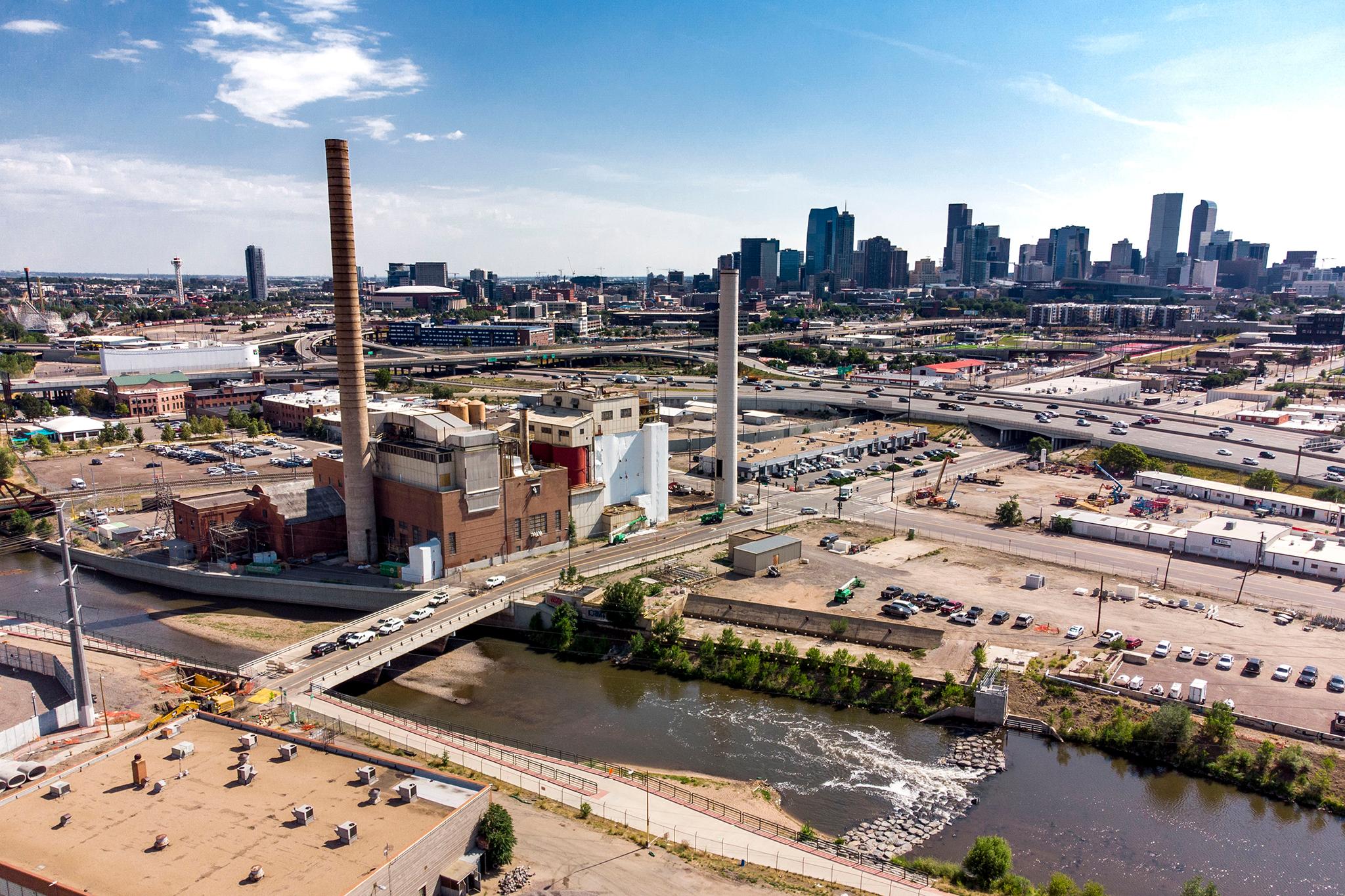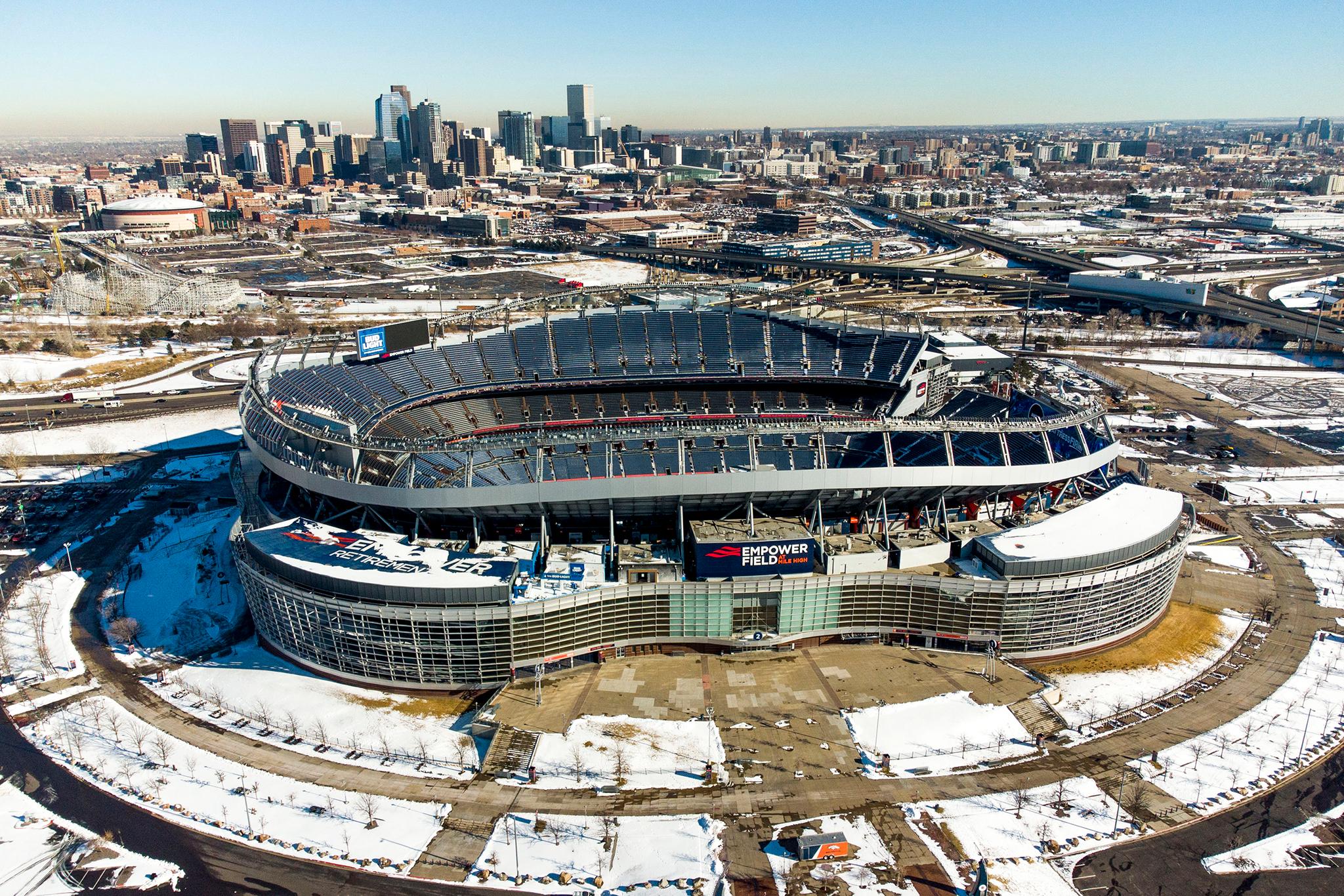Residents in West Denver now have an official plan that will shape their neighborhoods for the next 20 years.
And that plan is focused on the quality of their lives.
On Monday, City Council approved the West Area Plan, which encompasses Barnum, Barnum West, Sun Valley, Valverde, Villa Park and West Colfax. The plan, which has been in the works since 2019, is a guiding document for the area created by Community Planning and Development. And it is the first neighborhood plan that explores the historic inequities of the area while ensuring quality of life is at the forefront of each subsection of the plan.
"A lot of the foundation was built on making recommendations that really pull these neighborhoods into a space of equity and justice - environmental, social and economic," said Councilmember Jamie Torres, whose district will cover all of the neighborhoods come June. "If you look at a lot of the other plans that we've passed, they focus on land-use first. This community fought really hard to reorient how you look at the plan and focus it around quality of life first."

Neighborhood plans like this come out of CPD's Neighborhood Planning Initiative, which launched in 2017 with the goal of creating a growth proposal for each neighborhood. The plans don't officially change things. They instead provide guidelines on zoning, land-use, neighborhood characteristics and amenities.
CPD spokesperson Alexandra Foster said these NPI plans have four key focuses: land-use, economy and housing, mobility and quality of life. Quality of life refers to neighborhood needs such as parks and sidewalks. The first portion of the document typically focuses on the land-use options first, but, with the West Area Plan, community members were more concerned with quality of life and ensuring this guide lets pushes the city to consider "how does this improve our lives?"
"Quality of life is basically all of the things that make living in a neighborhood," Foster said. "For those in this area, those concerns were the most important for the community members who participated. So what we did in this document was lift up those issues and make that the framework for the entire plan."
Torres said the reason community members focused so heavily on the quality of life portion of the plan is because of the area's history. The beginning of the 300+ page document provides that historical context to the area.

West Denver has been a historically disenfranchised area of the city.
In the 1930s, the area was heavily redlined, and poor loan lending practices depreciated land values. In the late 40s and early 50s, the industrial growth in the area, along with the construction of Interstate 25 and US Highway 6 displaced residents, divided cultural neighborhoods and sequestered the area from the rest of the city.
In 1965, the South Platte River flooded due to lack of care by the city, taking the lives of about 23 people and destroying about 2,500 homes mostly in the Valverde neighborhood. In the late 80s and early 2000s, recessions hit the area hard, hindering the economic growth and generational wealth in the area even further.
Community members said this context, all found in the plan, was important for anyone to know who is coming into the area and working with residents on anything in the future.
CPD said adding this history to the planning document was a first for the agency, and something they may continue to do for other plans.
"This is an area of the city that has faced a lot of challenges and a legacy where systemic racism has played out in Denver," Foster said. "It felt important to put that out there as a context for how the community and the city were going to approach and address the various challenges that the area is facing... and how we can create policy that is equitable and that meets the community where their concerns are."

The West Area Plan's quality of life aspects hits on three points: health, equity and environmental resiliency, all of which have not been the central focus of the city for this neighborhood.
The ecology of the area is part of that, especially when it comes to the waterways. The plan has an entire section focused on water, another first for CPD. Some of those water recommendations include the restoration of the South Platte River - making it safer from flooding, adding parks and trails as well as improving the habitat. Other recommendations include adding green space infrastructures that can collect water, such as storm water planters, and policy requests that focus on sustainable and resilient water management.
Neighbors also want the city to help residents and businesses stay, create housing that focuses on affordability, and improve transportation options and street safety.
And there are design guidelines that preserve the neighborhood's characteristics.
With the passage of the West Area Plan, CPD has completed four neighborhood plans, including the Far Northeast, East Central and East. CPD is currently working on the Near Southeast, which encompasses Goldsmith, Indian Creek, University Hills North, Virginia Village and Washington Virginia Vale and Near Northwest, which houses Chaffee Park, Sunnyside, Highland, and Jefferson Park.

The Near Southeast plan focuses on modernizing centers such as Colorado Station and corridors such as Evans Avenue and Leetsdale Drive. It's also focused on balancing housing options and improving sustainability. That plan is heading to the planning board on April 19.
The Near Northwest plan is still in the planning phases but is focused on cultural and neighborhood preservation.
Future plans include Southwest, Far Southwest and Central Denver.
At the city council meeting, 12 people signed up to speak at the courtesy public hearing. One person was concerned regarding a proposed rezoning of a building. The others were in favor of the plan. Evon Lopez, who lives in Valverde and participated in the steering committee, said the plan was inclusive and diverse.
"It's an unprecedented plan to know that we lead with quality of life, more green justice and water," Lopez said. "The water section is so sacred to me. The history section also helps to remember past redlining injustices that Valverde and the other neighborhoods have suffered. We need to be like other neighborhoods with a grocery store and green spaces and a public library. I approve this plan."
Jaime Aguilar from Villa Park, who was also a part of the steering committee said, the community effort was long but well worth it.
"What you have here is not a normal approach or how neighborhood plans have been historically looked at in our city," Aguilar said. "The essence of this process and the outcome you see is from an authentic lived experience with community listening as a guide.
"What I have heard is that my community doesn't want to be zoned out of our homes and continue to get the short end of the stick. This work is about setting a plan for development, not developers continuing to tell us how to develop our neighbors."













